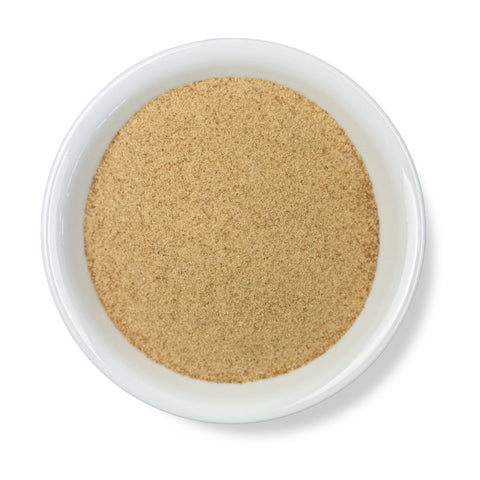
Psyllium Husk Powder
- + Supports skin regeneration
- + Rich in antioxidants
+ Buy ANY 5 Products, Get 1 Free!
- 15-Day Money Back Guarantee
- Orders Ship Same Day

Botanical Name: Plantago ovata
Origin: Canada
Enhance your dietary fiber intake with Psyllium Husk powder, sourced from the seeds of the Plantago ovata plant native to Canada. This highly effective natural fiber supplement is renowned for its ability to support digestive health, promote regularity, and aid in cholesterol management. Psyllium Husk is perfect for adding to smoothies, baking recipes, or simply mixing with water to boost your daily fiber consumption.
Benefits
- Psyllium Husk is a bulking fiber that promotes gastrointestinal health and regular bowel movements
- Regular intake may help lower cholesterol levels, supporting cardiovascular health
- May help slow digestion and regulate blood sugar levels, making it beneficial for those with diabetes.
- The gel-forming fibers expand in the stomach, helping to reduce appetite and support weight management efforts.
These statements have not been evaluated by the Food and Drug Administration. This product is not intended to diagnose, treat, cure, or prevent any disease.
This product is intended for nutritional support. If pregnant, nursing, or taking medication, please consult with a health professional before use.
Keep out of reach of children.

